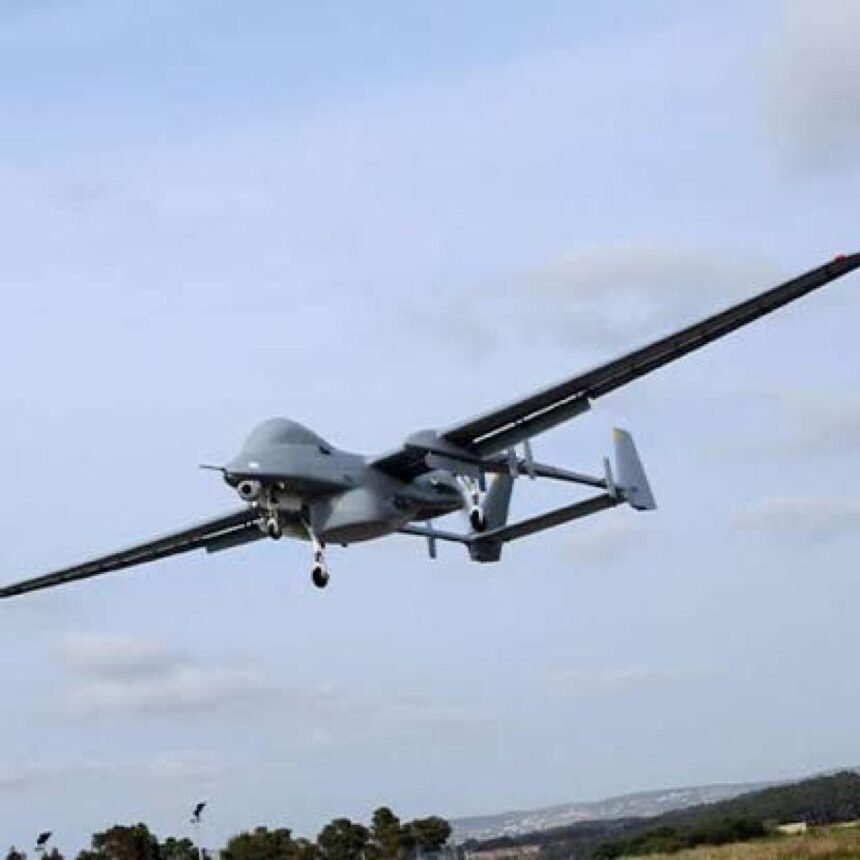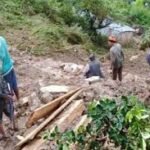The state of Manipur is experiencing both the benefits and drawbacks of technology in its ongoing unrest. While the army and Assam Rifles are utilizing drones to aid in rescue and relief efforts, rival ethnic groups are employing quadcopters as tools of surveillance and aggression, leading to heightened tensions.
Officials have noted a concerning trend where quadcopters are being used by warring factions, namely the Meiteis in the Imphal valley and the Kukis residing on the hillside. These groups have been deploying these unmanned aerial vehicles to gather information about each other’s positions, exacerbating the already volatile situation.
Specific locations such as Phougakchao, Kangvai Bazar, and Torbung Bazar in the southwest part of Manipur have witnessed extensive use of quadcopters by these rival communities. These villages, situated in close proximity to one another, have become hotspots of tension. In response, security forces have established buffer zones in these areas to maintain a separation between the agitated communities.
The deployment of drones by the army and Assam Rifles represents a positive application of technology in Manipur. These unmanned aerial vehicles have proven invaluable in search and rescue operations, aiding in the swift and efficient evacuation of people from hazardous situations. By leveraging the capabilities of drones, the security forces have successfully saved lives and mitigated the impact of natural disasters and other emergencies.
However, the same technology has been misused by clashing ethnic groups, causing a significant escalation of hostilities. The use of quadcopters for surveillance purposes by these factions allows them to gain a tactical advantage over their opponents, potentially leading to violent confrontations. The ease of acquiring and operating these devices has made them readily accessible to individuals with malicious intent, further exacerbating the situation.
The security forces, recognizing the dangers posed by the misuse of drones, have taken proactive measures to establish buffer zones in areas of high tension. These zones act as physical barriers, preventing direct contact between the warring communities and reducing the likelihood of clashes. By implementing these measures, the authorities hope to de-escalate the conflict and restore peace in the affected regions.
Efforts to address the root causes of the ethnic clashes in Manipur are equally important. It is crucial to foster dialogue and promote understanding among the various communities to alleviate tensions and promote harmony. By addressing the underlying grievances and working towards inclusive and equitable solutions, the prospects for a lasting peace can be improved.
Additionally, there is a pressing need for stricter regulations and guidelines regarding the use of drones. This would help prevent their misuse and minimize the potential for further violence. Authorities should consider implementing licensing requirements, registration processes, and training programs to ensure responsible and accountable drone usage.
The utilization of drones in Manipur presents a dual scenario. While the deployment of drones by the army and Assam Rifles has proven beneficial in rescue operations, the use of quadcopters by clashing ethnic groups has amplified tensions and fueled conflict. To mitigate these challenges, establishing buffer zones, fostering dialogue, and implementing stricter regulations are essential steps towards restoring peace and stability in the region.




